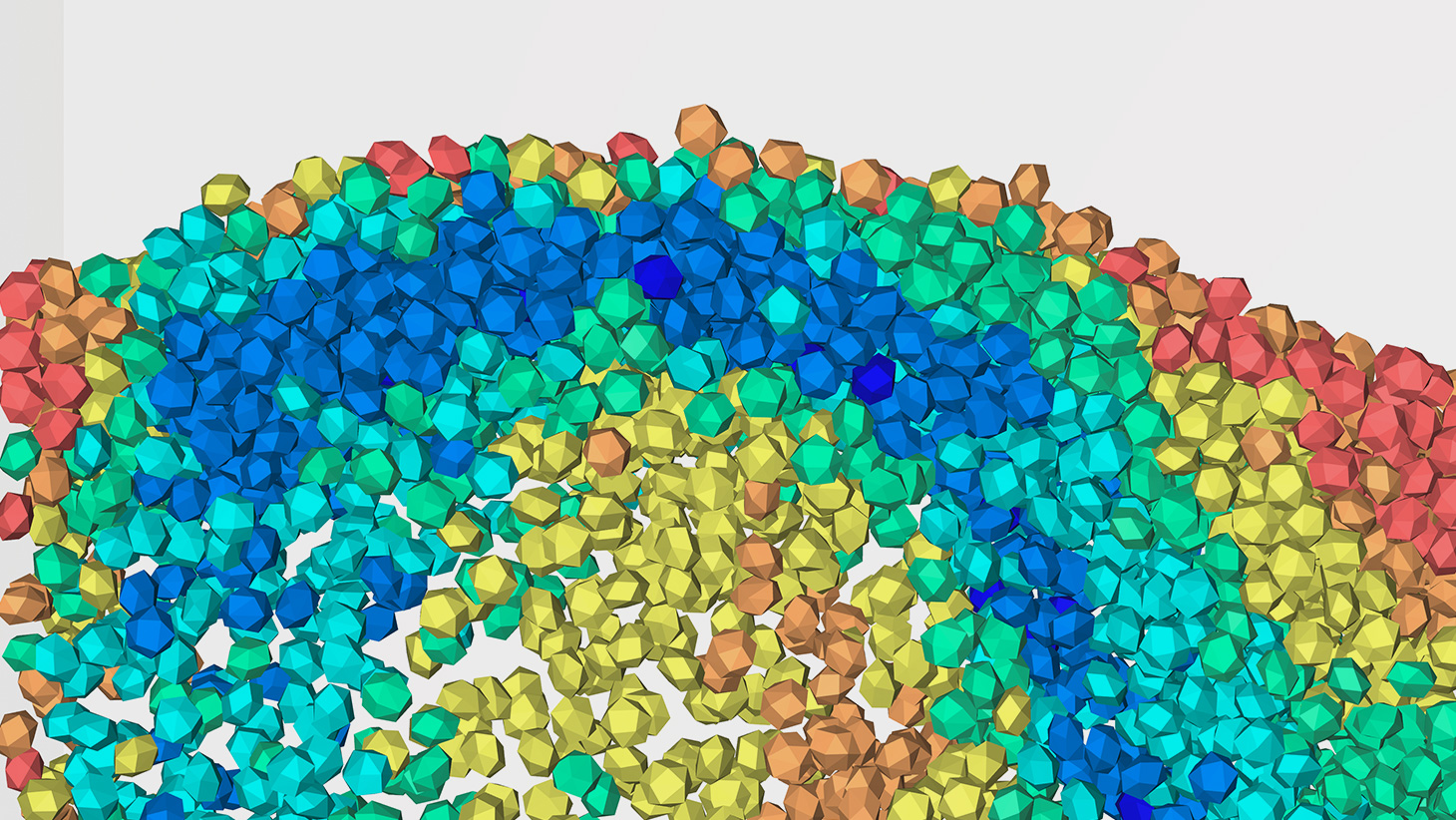
At lab-scale, the ultimate goal of a catalytic reactor is to provide (1) reliable kinetic information, neglecting or controlling other phenomena (heat-mass transfer and hydrodynamics); (2) high-throughput data to amplify the results, accelerate model and catalyst discoveries; and (3) results with the minimum requirements of reactants and wastes generated. The pillars of these reactors are quality, quantity, and safety.
We design, build and test different laboratory-scale reactors. Our strategy involves creating and testing reactor prototypes while modeling these using our workflow. We have high-speed cameras, probes, and other measuring instruments to understand the reactor behavior. We focus on packed-, fluidized-bed, and multiphase reactors:
In packed bed reactors, we focus on forced dynamic and operando reactors. These are the quintessence of information-driven reactors where the dynamics can involve flow changes, temperature, pressure, partial pressure, presence of activity modifiers (poissons, H2O…). In operando reactors, we follow a spectro-kinetic-deactivation-hydrodynamic approach to resolve the individual steps involved. In fluidized bed reactors, we focus on downers and multifunctional reactors (circulating, multizone or two-zone, Berty reactors) We focus on trickle-bed, slurry, and bio-electrochemical reactors in multiphase bed reactors.
Al pilot-plant scale, we aim to reach the maximum productivity levels while solving the growing pains: the scale-up. Based on a robust kinetic model obtained in the intrinsic kinetic reactor (lab-scale) and using computational fluid dynamics, we design, build, and operate pilot plants. At this stage, we seek partnerships with investment or industrial enterprises to make these pilot plants.
The use of a three-phase plug-flow microreactor with powder catalysts to obtain intrinsic kinetics is reported. Our test reaction is the hydrogenation of biphenyl over a Pt-Pd/Al2O3 catalyst. We compare reaction rates obtained in both our microreactor and a standard hydrogenation autoclave. The reactor design consists of six parallel reactor tubes with an inner diameter of 2.2 mm and a maximum catalyst-bed length of 200 mm.
Co-flowing two phases very slowly over the bed needs more care than running only a liquid or a gas. Our main contribution in this work is to stress the impact of hydrodynamic anomalies, most importantly stagnant zones of gas and liquid, which occurred in reactor columns where diluent and catalyst were unevenly distributed. Such packing irregularities caused huge variations in conversion levels from tube to tube. In contrast, using a proper way to load the solids evenly, we could get the same results in each reactor tube. The values of these kinetic constants were identical to the ones we obtained in the autoclave. The well-known effect that too much dilution causes loss of conversion is found to be stronger than that in gas–solid systems. We visualized flow patterns in a 2-dimensional reactor mock-up and found such stagnant zones in segregated beds. Scaling down a continuous packed-bed reactor to reliably measure catalytic kinetics for gas–liquid–solid reactions is possible under specified conditions described herein.